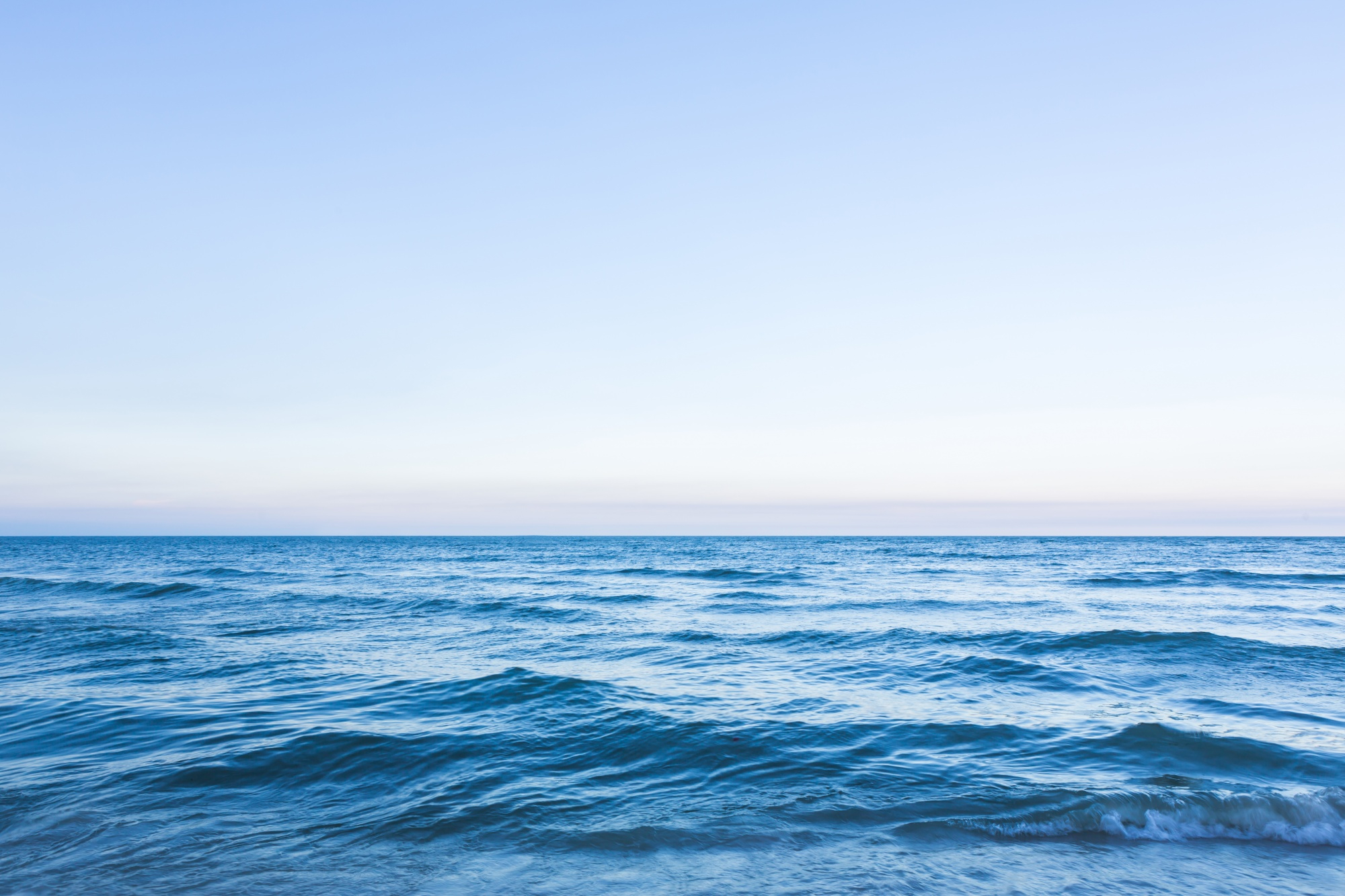The 1,450-mile-long Colorado River has been a vital water source for millions of people in both the Southwestern United States and Northern Mexico.
Its system of dams, reservoirs, and aqueducts has been funding the flow of agriculture and even the generation of hydroelectricity for countless years now.
However, in the past few decades, states have been draining a lot of water. The amount is more than what the river itself could sustain.
Let’s talk about what this means for the Colorado River.

Does Colorado Have A Water Issue?
There have always been times of drought for the Colorado River, but it hasn’t always lasted this long.
Followed by these times of drought would usually be years of good snow. In the spring, the snow would melt and fill the river’s banks. It would overflow and spill into the flood plain and refill the groundwater supplies.
Unfortunately, due to climate change, these years of snow are no longer enough. This is because water has been evaporating from the river’s reservoirs faster than it should.
What’s The Problem And How Grave Is It?
To be straightforward, the Colorado River basin has become permanently hotter and drier. Temperatures have risen extensively fast within its area. It’s been increasing at a rate quicker than anywhere else in the lower 48 states.
Its average flow has declined by nearly 20% since the beginning of 2000. And by 2050, temperatures may rise by another 2 to 5 degrees Fahrenheit. This means that the river’s flow may reduce by 10 to 40% by then.
These soaring temperatures, water scarcity, and climate change’s grave wildfires will soon cause dangerous erosion that will greatly threaten the Colorado River.
40 Million People Depend On Water From The Colorado River
For a river that is currently in danger of drying out, 40 million people relying on it is certainly a massive number.
Aside from the state of Colorado, Arizona, California, Nevada, New Mexico, Utah, and Wyoming depend solely on the Colorado River. It’s their primary source of water supply, agriculture, aquatic and land wildlife habitat, hydropower production, and many more.
Not to mention, the population of these states continues to grow each year. It causes the water demand to increase.
This river crisis does not only mean water scarcity but also food shortage. Plus, it can result in a lack of electricity, the endangerment of more than 150 species, and so much more.
Action Taken By The Federal, State, and Local Government
In August 2021, the Federal Government implemented a Tier 1 shortage as a response to the Colorado River crisis. This is for the first time.
This declaration limits the farthest downstream states depending on the Colorado River from receiving their full water allocation. California, Arizona, and Nevada have all signed in agreement to this action.
An emergency release of water from the reservoirs of Wyoming and Colorado has also been conducted. It should boost water levels in the lakes that sustain the hydropower infrastructure.
How The Different Stakes Act Over This Matter
A couple of suggestions have risen from the Colorado River crisis.
The very first is to start water banks. One of the states that rely on the Colorado River has voluntary agreements on sharing a water resource.
Nature-based solutions have also been a major suggestion. The snow that melts and fills up the river starts in the forests. So, suggestions for transforming these landscapes into reservoirs have risen.
Agriculture is one of the greatest dependants of the Colorado River. Rethinking agriculture by reusing water and more effective irrigation may keep water flowing. Upgrading obsolete irrigation systems should help as well
